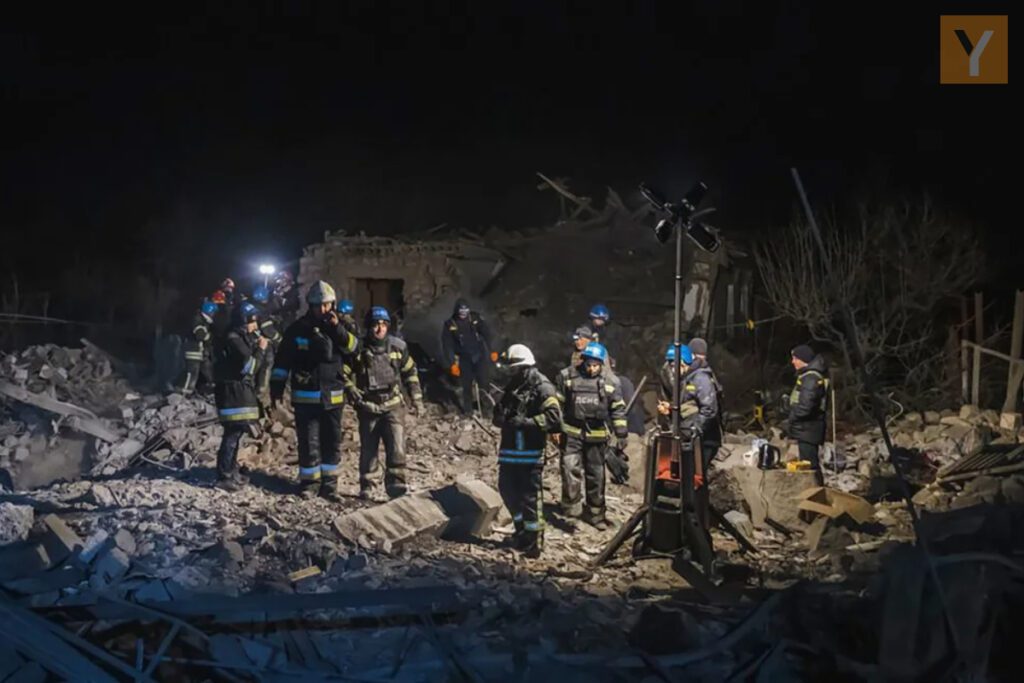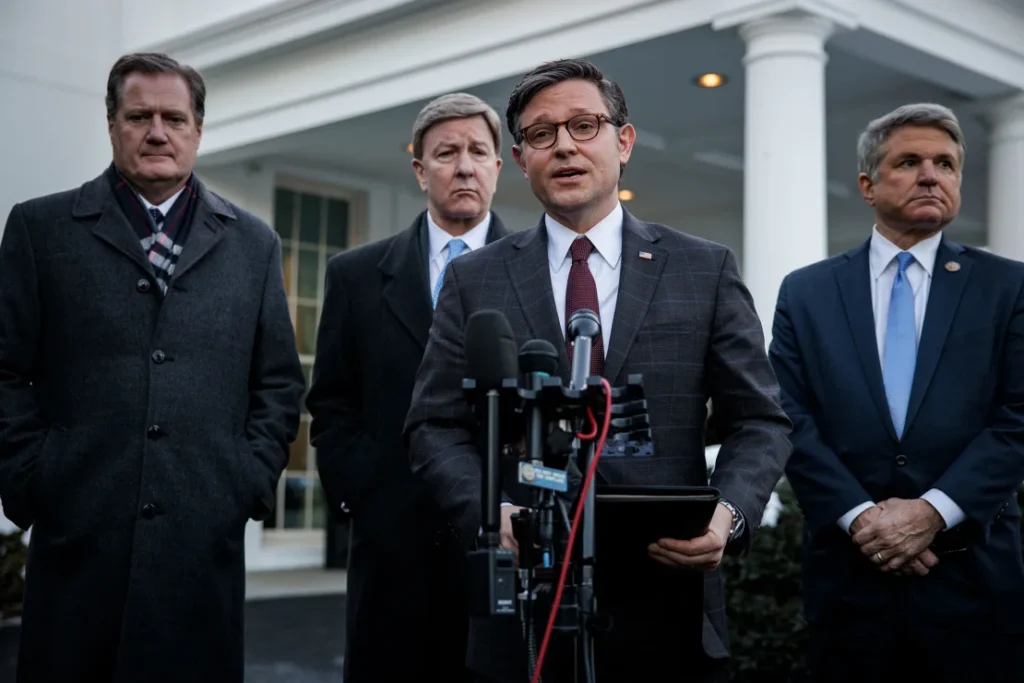
The ongoing conflict between Ukraine and Russia has become a prolonged saga, capturing the attention of international intelligence and military officials. This article delves into the intricacies of the situation, examining predictions, strategic considerations, and the potential fallout on a global scale.
Two More Years of Uncertainty
As sources within international intelligence circles unveil their assessments, a consensus emerges – the combat actions in Ukraine are anticipated to persist for at least two more years. The extended timeline raises questions about the conflict’s endurance, surpassing the tenure of President Biden’s first term.
Despite the prolonged duration, expectations are bleak for significant victories on the battlefield in 2024. The exhaustive state of Ukrainian and Russian military resources suggests a strategic impasse, prompting a reevaluation of counteroffensive plans on both sides.
Ukraine’s Road to 2025
Insights from a US military official stationed in Europe shed light on Ukraine’s potential strategy. A massive counteroffensive aimed at reclaiming the occupied city of Melitopol is projected to unfold in approximately two years. This calculated move underscores Ukraine’s commitment to reclaiming lost territories.
[adinserter name="One"]Amidst these strategic considerations, the political arena takes centre stage. With the upcoming US presidential election on the horizon, there is a palpable urgency among Biden administration officials and lawmakers to secure funding for Ukraine. However, questions arise regarding the short-term impact of potential reductions in US support on the conflict dynamics.
Geopolitical Ramifications
As Ukraine contemplates its future moves, Russia is regrouping its forces. Sources intimate that this strategic recalibration offers Ukraine a window of opportunity. However, the absence of US assistance could empower Moscow, potentially leading to increased arms sales and support from unexpected quarters like Iran and North Korea.
[adinserter name="Two"]The implications extend beyond the immediate conflict zone. Concerns loom over the signal a withdrawal of US support would send, impacting Ukraine and raising questions about the United States’ commitment to its allies. The potential domino effect sees Europe contemplating aid withdrawal, introducing a new layer of geopolitical complexity.

Future Preparations
With an eye on the future, Ukraine is set to spend the coming year fortifying its defence industrial base. This strategic move aligns with anticipating heightened hostilities in 2025, reflecting a commitment to rebuilding its armed forces for the challenges.
[adinserter name="Three"]While short-term assessments suggest Ukraine might weather the storm without immediate US support, the broader impact is significant. A Western intelligence source underscores the importance of maintaining assistance, emphasizing that even a temporary standoff could tarnish Ukraine’s standing and the major powers’ ability to deter territorial aggression.
[adinserter name="Four"]Conclusion
The geopolitical chessboard becomes increasingly complex as the Ukraine-Russia conflict stretches into the future. Navigating this terrain requires a nuanced understanding of strategic considerations, political dynamics, and the broader implications for global alliances. The world watches as the saga unfolds, mindful of the enduring impact this conflict may have on the geopolitical landscape.
[adinserter name="Five"]Frequently Asked Questions (FAQs)
-
What factors contribute to the belief that the Ukraine-Russia conflict will continue for at least two more years?
The consensus among international intelligence sources suggests a prolonged conflict duration, with exhaustive assessments pointing towards a timeline exceeding the first term of President Biden. Factors such as military resource depletion and strategic impasse contribute to this forecast.
-
How does the absence of US assistance impact the geopolitical landscape, both in Ukraine and globally?
The potential withdrawal of US support raises concerns about empowering Russia, allowing for regrouping and potential support from nations like Iran and North Korea. Additionally, the impact extends to global alliances, signaling a potential lack of political will from the United States to support its allies in the long term.
-
What strategic moves does Ukraine plan in anticipation of the conflict in 2025, and how does this align with Russia’s likely focus?
Ukraine is gearing up for a massive counteroffensive in approximately two years, focusing on reclaiming the occupied city of Melitopol. Simultaneously, the country aims to strengthen its defense industrial base. This strategic planning aligns with Russia’s probable focus on bolstering its military capacities, setting the stage for a complex geopolitical interplay in the years to come.






